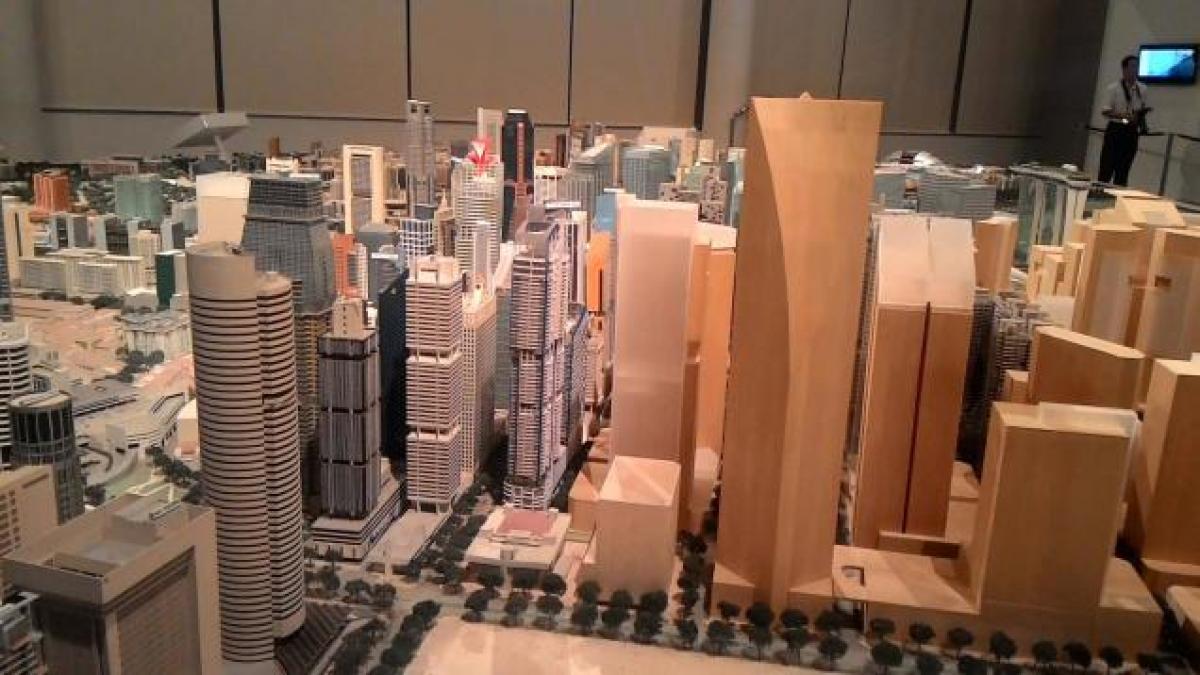A capital idea

Rome was not built in a day, as the saying goes. Besides counselling patience, it denotes the grandeur of a city that took centuries to evolve. History books speak of not Rome, but of the “Roman Empire.
Rome was not built in a day, as the saying goes. Besides counselling patience, it denotes the grandeur of a city that took centuries to evolve. History books speak of not Rome, but of the “Roman Empire.” Hastinapura in the Mahabharata was coveted by siblings. Indraprastha was built. That city, and not the empire-building Yagnas that they conducted, established the Pandava’s glory.
History records that Vijayanagar, Bijapur and Hampi were cities around which mighty empires were built. Our city Hyderabad was both the capital and the name of the Nizam’s princedom. The British built and grew out of Bombay and Madras. They retained their names for the respective Presidencies for reasons beyond administrative or economic expediency – they were political assertions.
The invasions from India’s north-west always targeted Delhi to proclaim political control. The Mughals’ control ended when the last emperor was shifted out of Delhi. It was not so much ‘revenge’ for being forced to undo Bengal’s Partition in early 1900s that the British India’s capital was shifted from Calcutta to New Delhi, the eighth city in the last millennium.
The decision, both political and strategic, was more an assertion of their supremacy over the “Jewel of the British Crown.” Post-Independence, a song declared “Dilli hai Dil Hindusthan Ka”. And post-cold war, who can forget Berlin’s resurrection as the capital of a re-united Germany?
If ancient India had Kosambi and Vaishali city-states, the modern-day Singapore – the original ‘Sinhapura’ was retained by founder Lee Kwan Yew – has been a shining example of how a well-governed, determined people can achieve prosperity on a small piece of land. It has caught the imagination of many across the world. Even Indian planners who disavow other comparisons citing difference in sizes – area, population and much else –acknowledge Singapore’s success with grudging admiration.
Singapore comes to mind as the year-old Andhra Pradesh begins quest to build its capital, Amaravathi, being planned and possibly executed, with Singapore’s help. A “seed plan” has just been submitted to Chief Minister N Chandrababu Naidu. Telangana CM K Chandrashekar Rao, who must work to preserve the beauty of the four centuries-old Hyderabad and other cities, like other Indian leaders, is a Singapore admirer.
Indeed, all Indian cities, old and new, must take lessons in sanitation and public hygiene from Singapore. When the Bombay State was bifurcated, earlier plans to take Bombay (Mumbai) away from it were firmly opposed and it became Maharashtra’s capital. Gandhinagar that Gujarat built is a modern city.
Naidu can take cue from Naya Raipur, Chhattisgarh’s capital that is fast coming up. Chandigarh, the joint capital of Punjab and Haryana, that remains a bone of contention between the two states, and hence a union territory, can educate Andhraites on how to keep it clean and uncluttered.
More importantly, they can learn for the future, how not to circumvent original city plan to pander to political and bureaucratic interests. Given will and vision, this should be easy in this era of ‘smart’ cities.

